When in Harlem: Jonathan McCrory & Katrina Parris
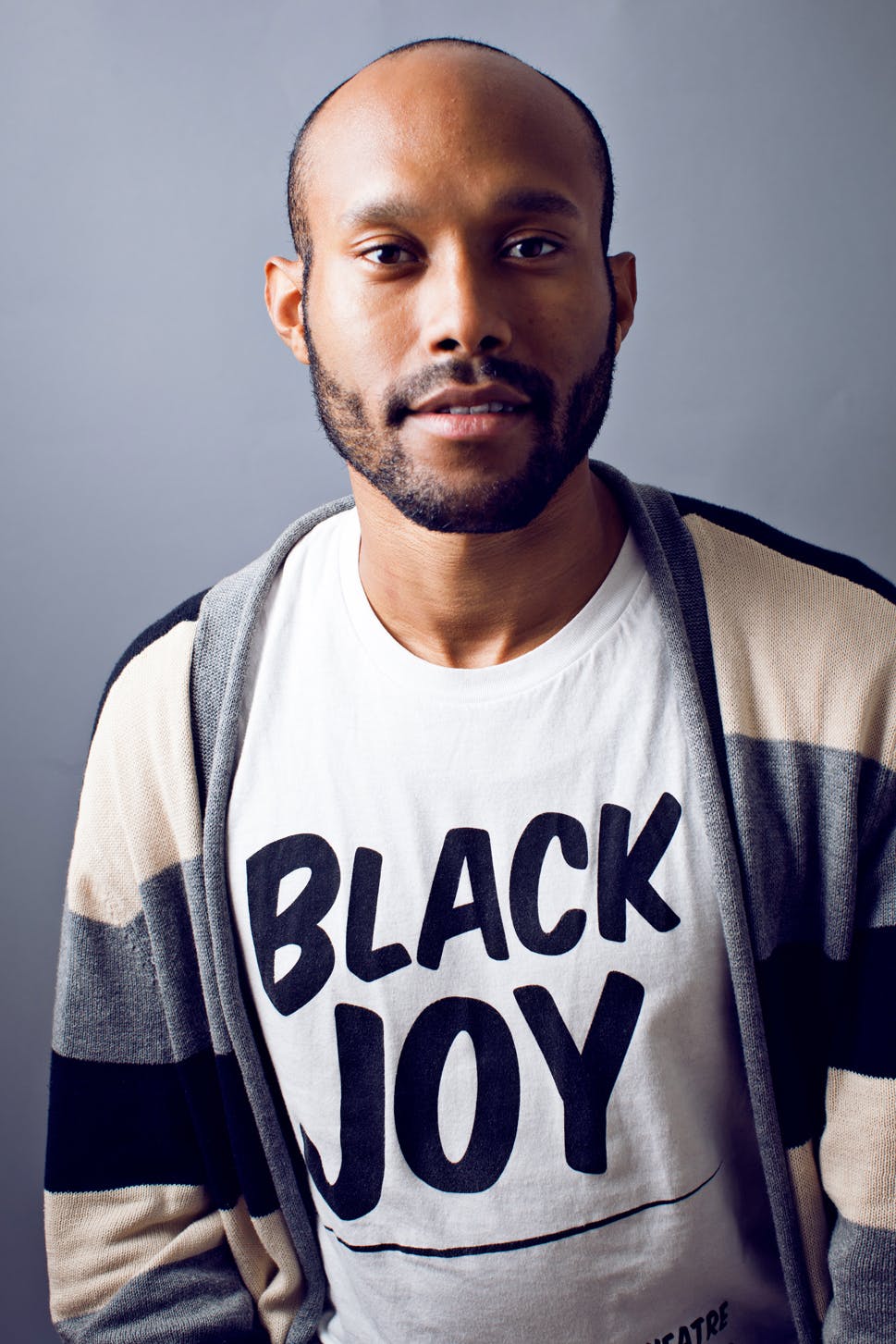
Jonathan McCrory. Photo: Christine Jean Chambers

Jonathan McCrory. Photo: Christine Jean Chambers
Two stalwarts of the Harlem community, Jonathan McCrory, Executive Artistic Director of the National Black Theatre—a mission-aligned performing arts theater that has also embarked on a new building project—and Katrina Parris, owner of the shop Nilu, discuss their memories of the past and visions for the future of this ever-in-flux neighborhood we call home.
Jonathan McCrory:
What drew you to Harlem?
I am not really sure what drew me here, to be honest. I found myself living here with my friends and trying to find a way to survive in New York City. What I did not know is that the location I chose would have me walk past the National Black Theatre every time I went to work at my retail job, or that it would help me connect with my soon-to-be church home at the time, First Corinthian Baptist Church. So, unconsciously, I was drawn here by my ancestral ghost to be given the resources to live my fullest life.
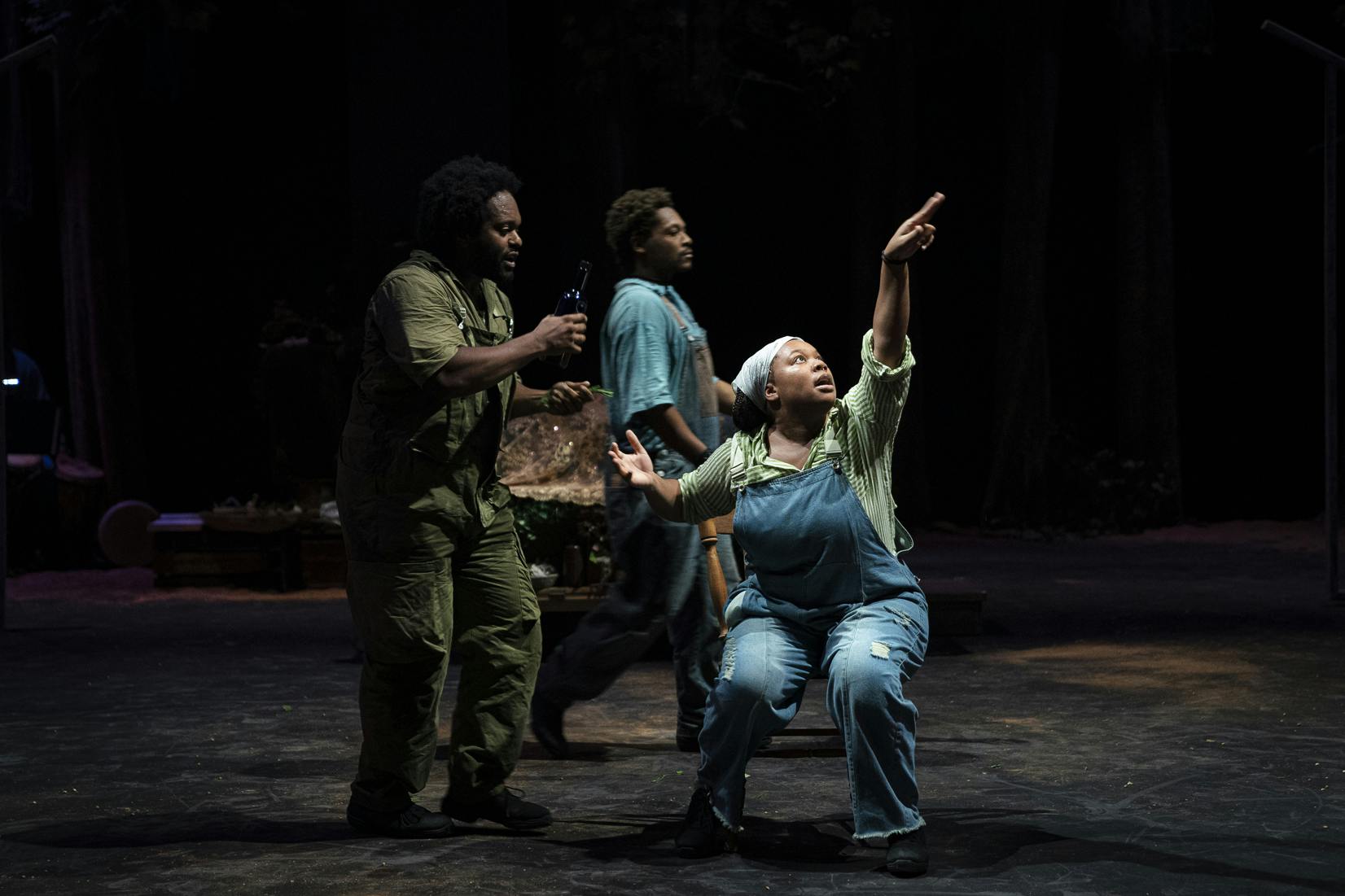

The Divining: Ceremonies in the name of the m/other tree, written and directed by Ebony Noelle Golden, coproduced by the National Black Theatre and The Apollo, 2024
What keeps you in Harlem?
I stay in Harlem because it is the place I feel at home, a place where my nervous system finds rest and I can expand into who I am fully. I have learned so much about who I am here while also meeting some of the most defining challenges. It is within this location where I feel the most seen in the world, a world that continues to systematically work against my ability to love myself holistically. This sacred, holy ground called Harlem keeps me here because it is in this place where I am able to lean into the curiosity of becoming and growing into understanding who Jonathan Hays McCrory is.
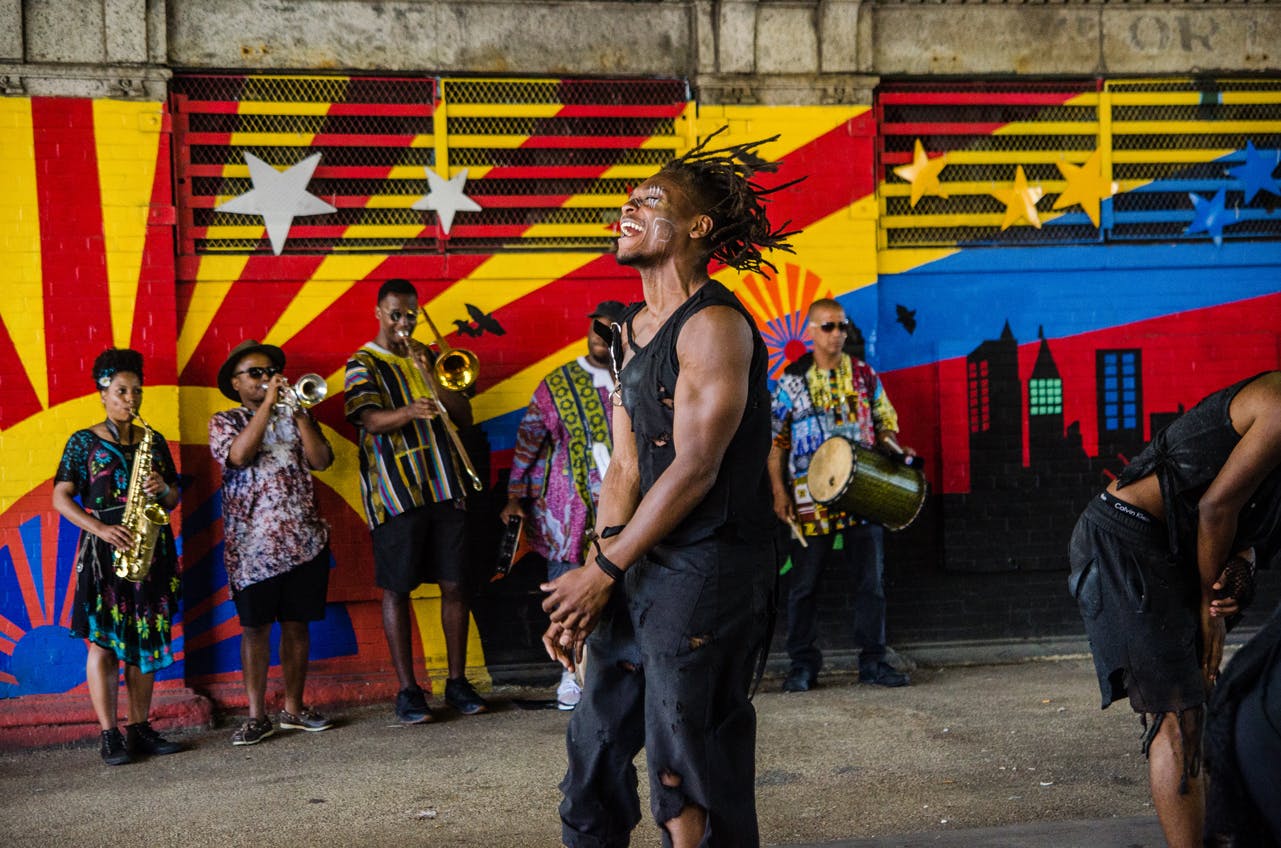

The National Black Theatre’s marathon 2019 performance piece, 125th And Freedom. Courtesy the National Black Theatre
What do you envision for the future of Harlem?
The future of Harlem is held in the hands of the people who love it, the people who care about it, who are willing to invest in its historical memory while also leaning toward its innovation, and who are not investing in the romanticization of Harlem. This “mecca of Black Culture” has to embody who and what that culture is now, emboldening the future of this place for the people and by the people. We, the people of African diasporic descent, will always need a mecca to support the expression, dignity, and creativity of who we are. The beauty is housed in our resilience/existence and I hope the future of Harlem stays true to that.
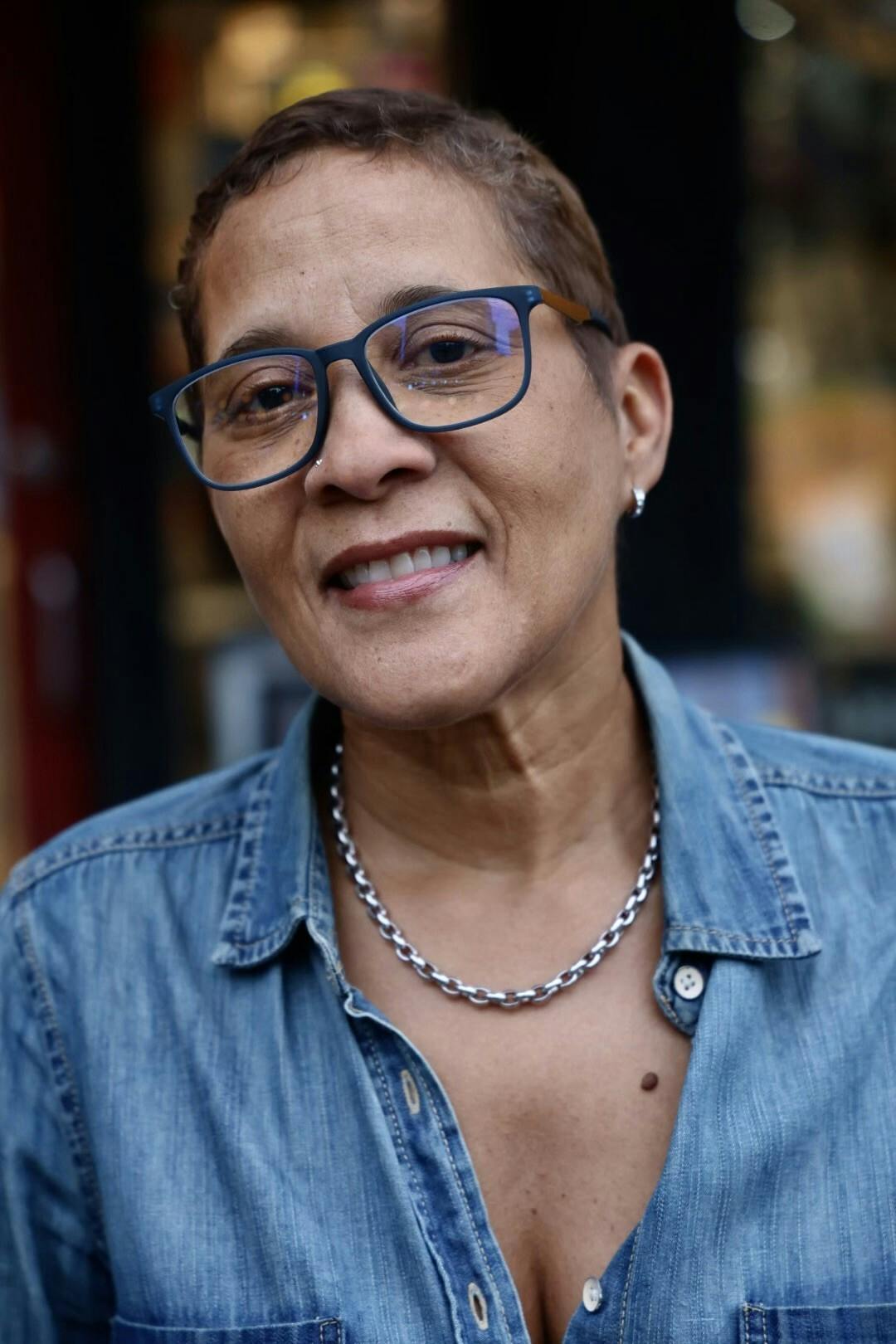

Katrina Parris. Photo: Tony Rahsaan
Katrina Parris:
What drew you to Harlem?
I moved to Harlem in the early 1990s because it was the most affordable neighborhood for me at the time, but it quickly became much more than just a place to live. From the beginning, I felt a strong sense of community—neighbors looked out for each other and there was a warmth that made me feel welcome. The architecture was another big draw; the beautiful brownstones and low-rise buildings had so much character and felt more inviting than high-rises in other parts of the city. Over the years, it became clear that Harlem wasn’t just where I lived—it was home.
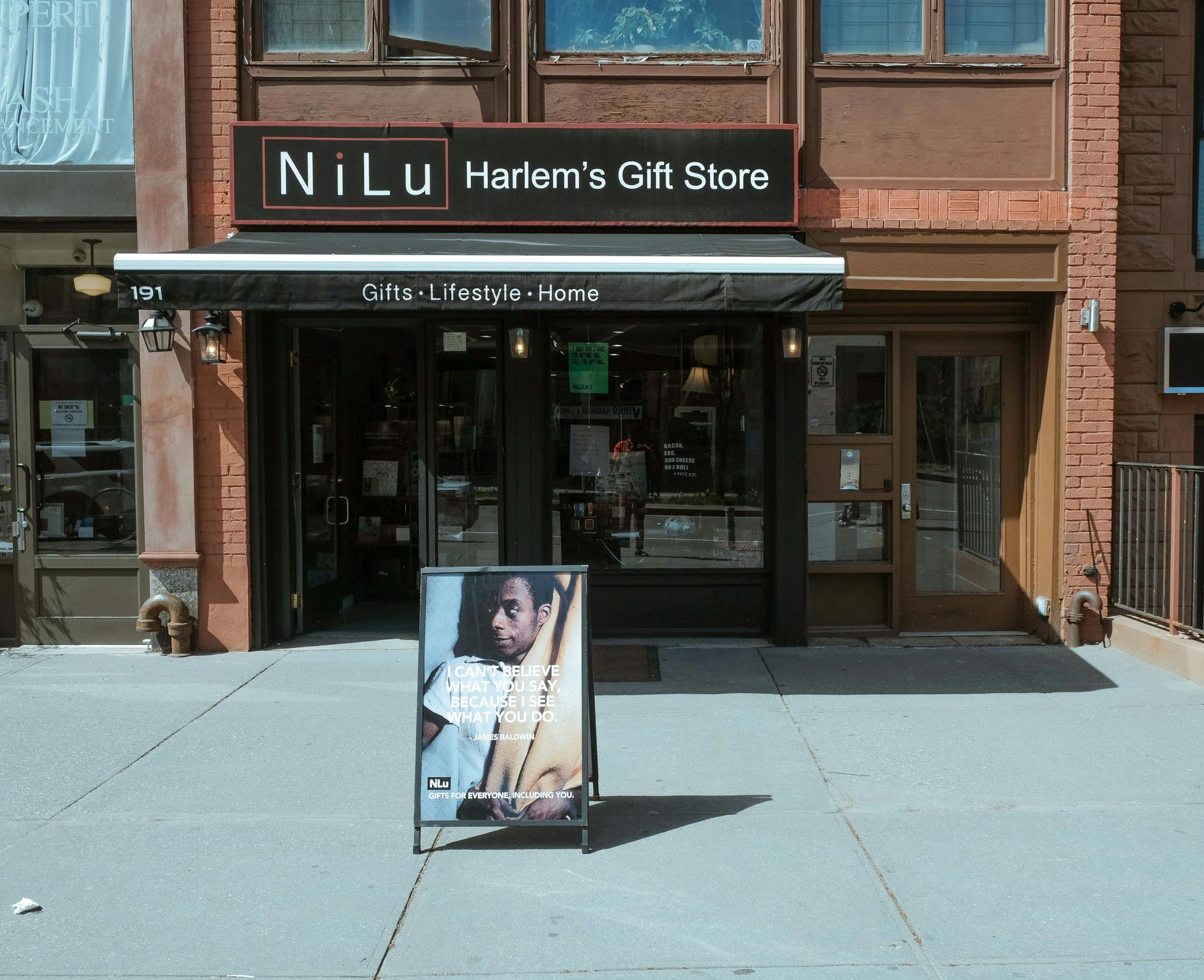

Exterior view of NiLu. Photo: Gabrielle Pascal
What keeps you in Harlem?
What keeps me in Harlem is the same sense of community that first drew me here—neighbors still look out for each other, and there’s a feeling of connection that’s hard to find elsewhere. Raising a family here has given me even more reason and purpose to be part of this community, and being a business owner has deepened my appreciation for Harlem in ways I never expected. Over the last thirty-plus years, I’ve become truly invested in this neighborhood, watching it grow and change while still holding on to its soul. My sons have grown up in Harlem, and it has had a major impact on the men they have become, shaping their values and sense of identity. This place is so very special, unique, and magical—it’s an essential part of who I am.
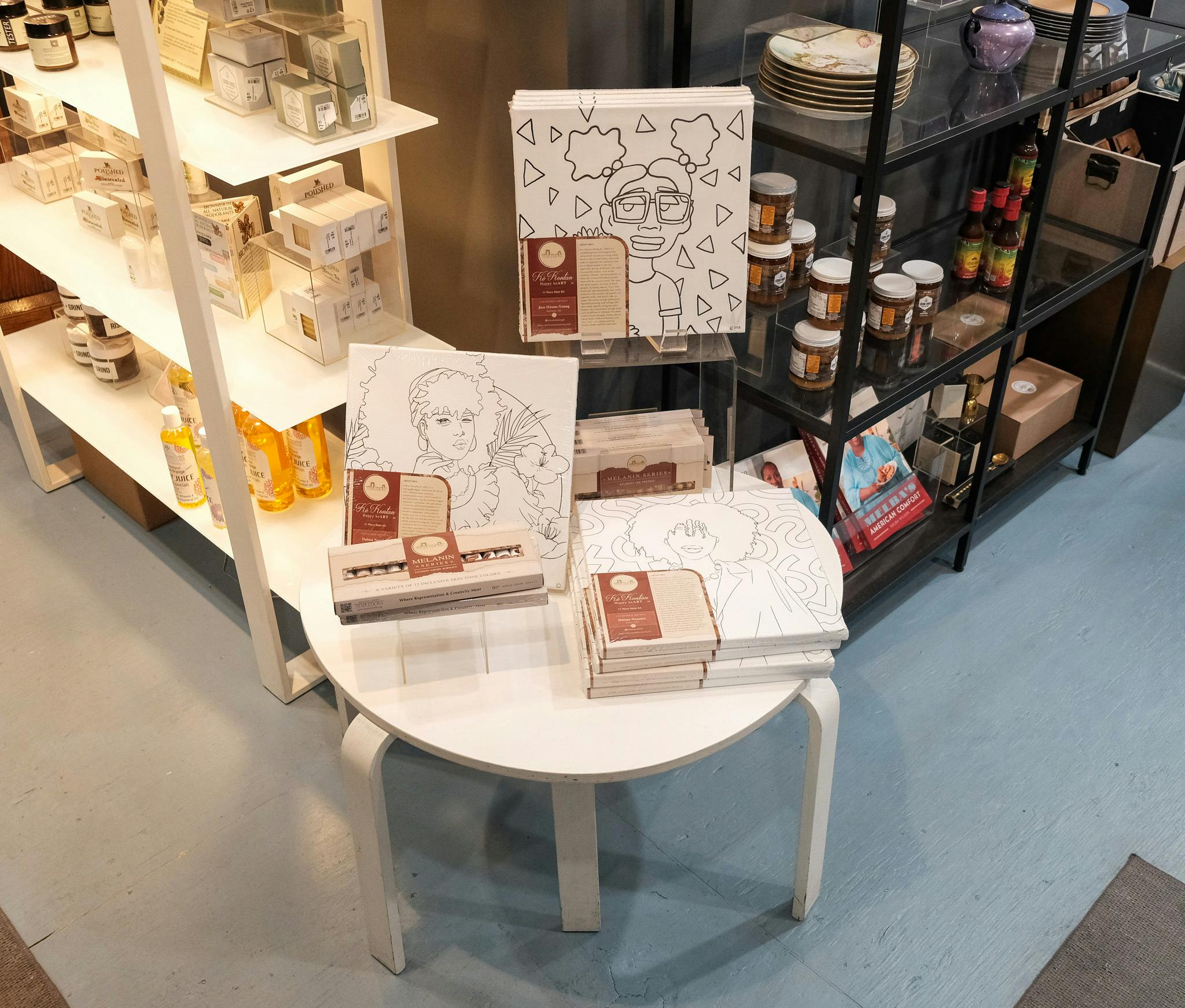

Interior view of NiLu. Photo: Gabrielle Pascal
What do you envision for the future of Harlem?
I just want to see Harlem keep its soul while growing in a way that benefits the people who have been here. I want local businesses to thrive, not just big chains moving in. More spaces for artists, creatives, and entrepreneurs to do their thing without getting priced out. It should stay a place where culture is made, not just consumed. Bottom line—Harlem’s future should feel like Harlem, just stronger, more connected, and full of opportunity.